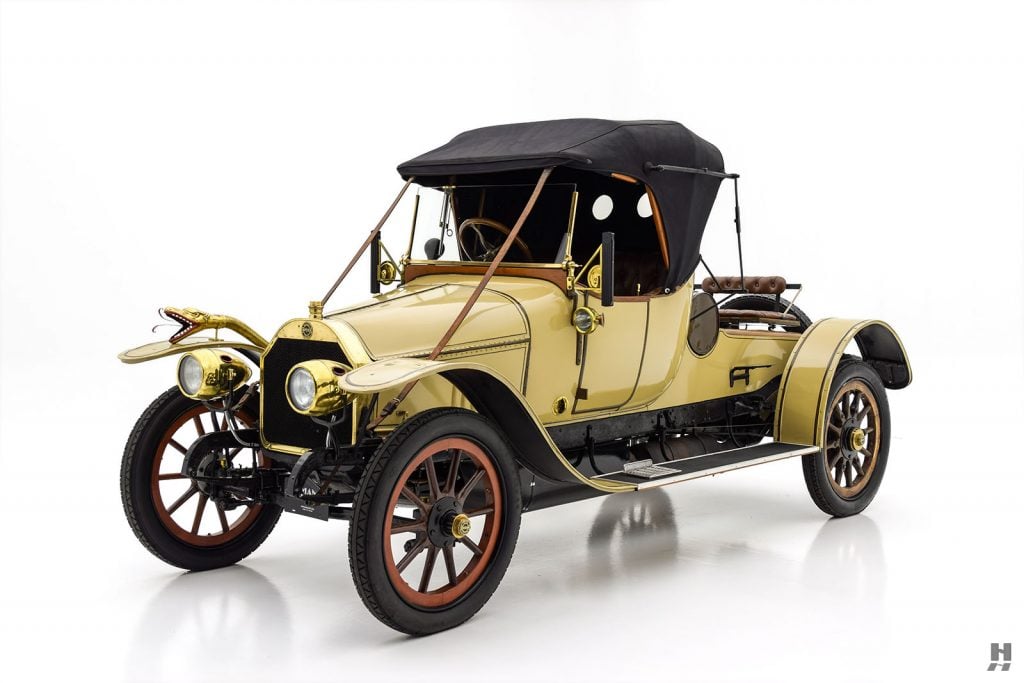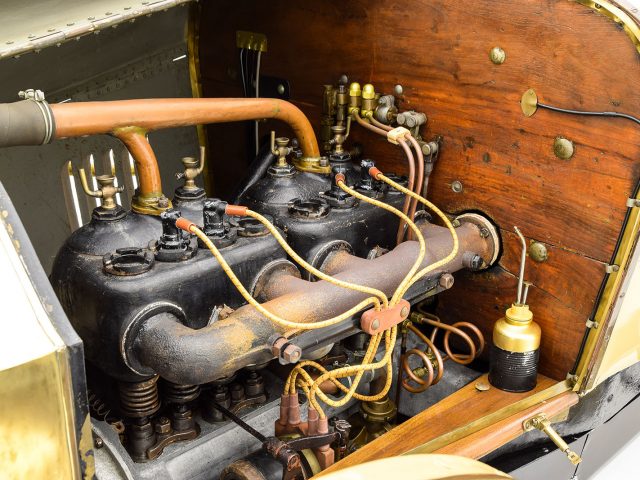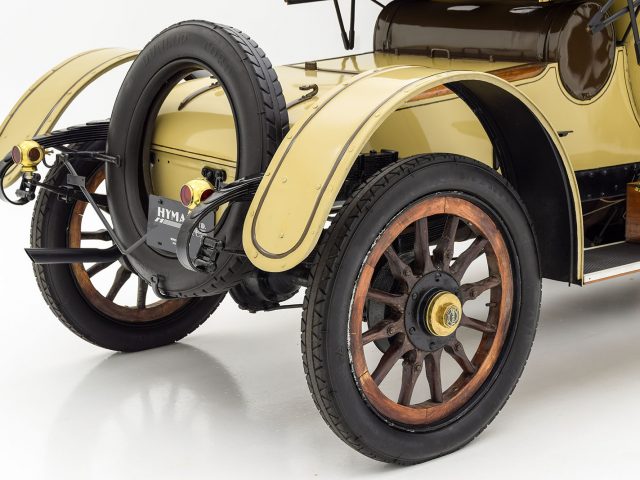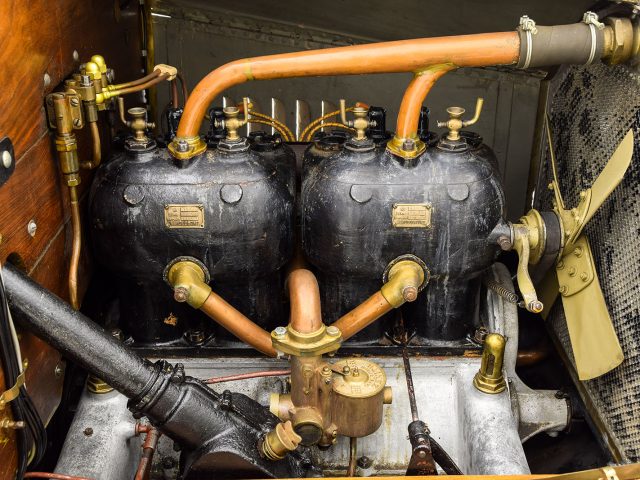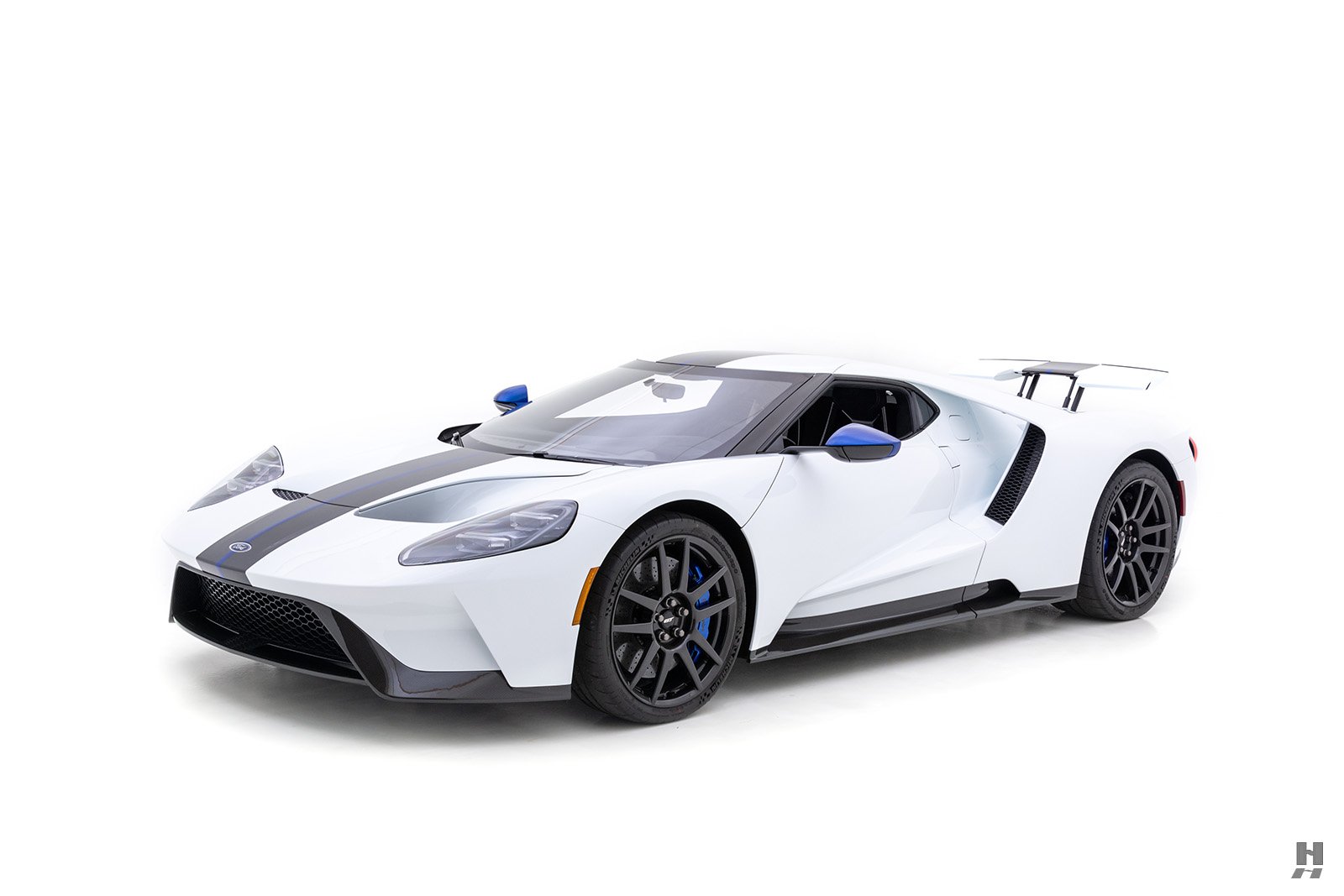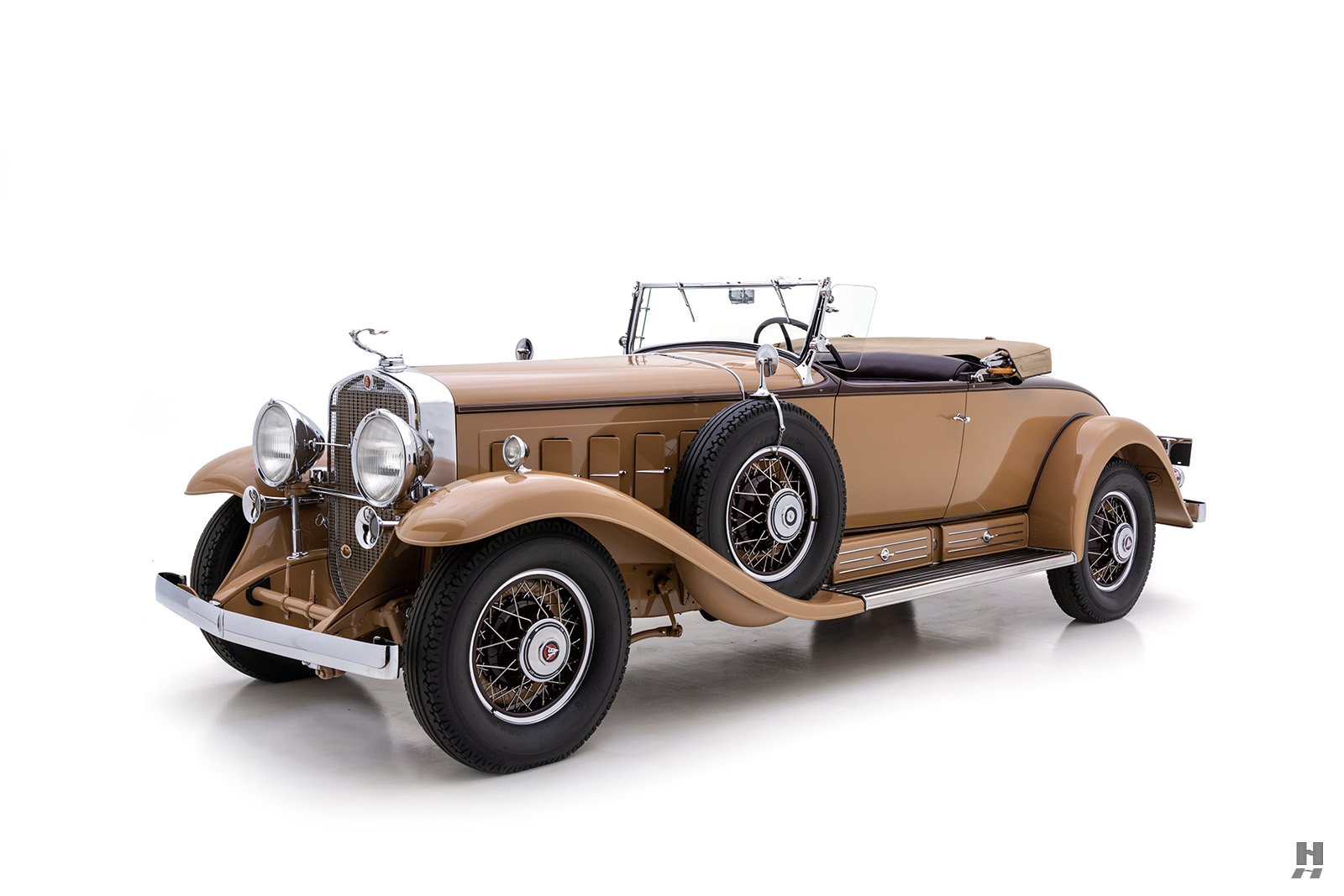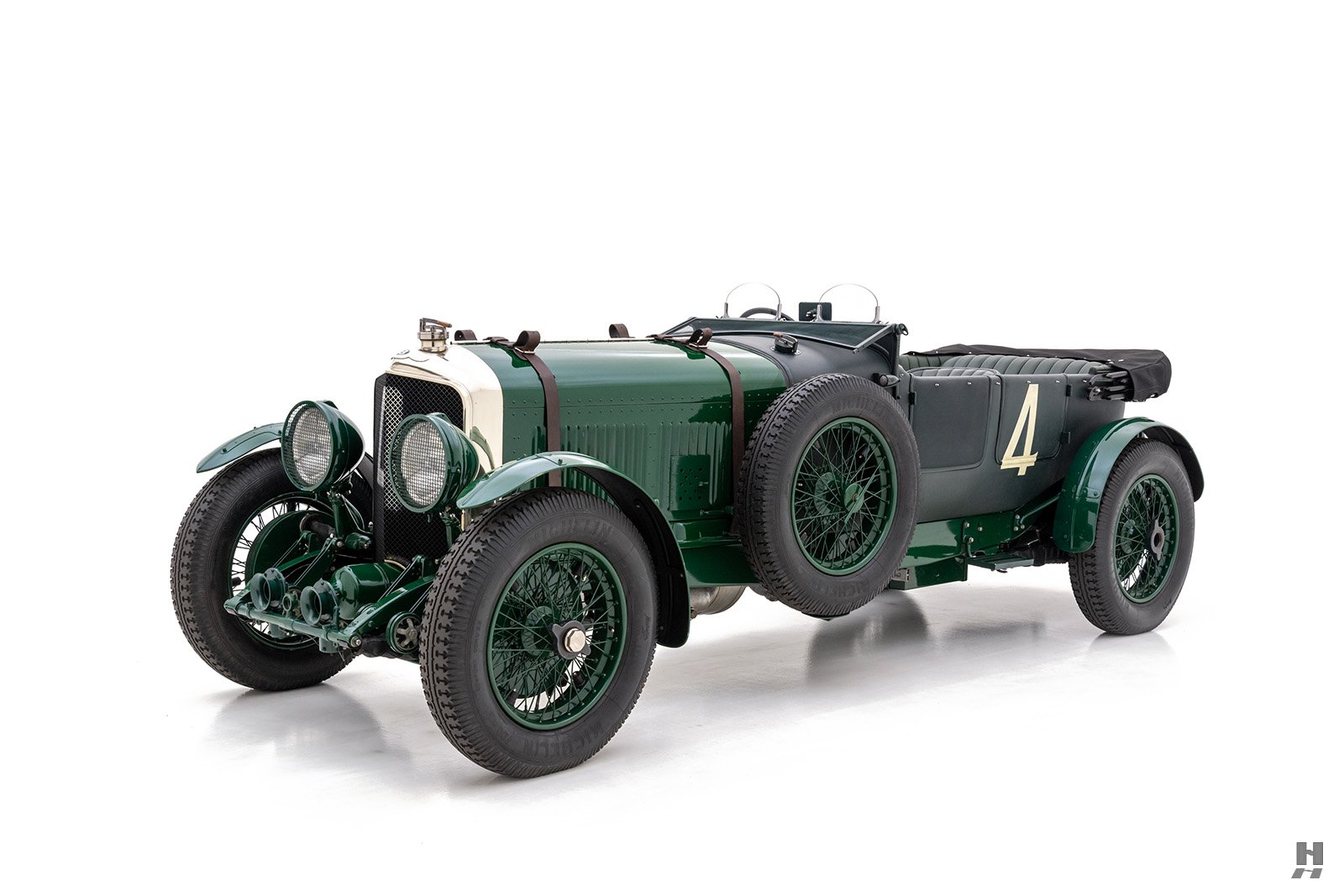It is likely that only a handful of the staunchest of motoring enthusiasts would be able to name an automobile manufacturer besides Minerva or FN that originated in Belgium. But with influence from its neighbors in France and Germany, each with well-established and rich motoring heritage, a handful of Belgian manufacturers did sprout up in the pre-WWII era, mainly to serve the home market. Minerva is best known for their extravagant luxury motorcars of the highest quality, but Automobiles Impéria was a similarly prominent manufacturer in Belgium, surviving in various forms into the post-war era.
In 1906, Automobiles Impéria was established by Adrien Piedboeuf, who had previously experimented with small cars and motorcycles built under his own name. The badge depicted the crown of the Emperor Charlemagne, which was a fitting symbol to go with the name Impéria. The first car produced under the new company was a relatively conventional four-cylinder car, with the option of shaft or chain drive. It was a simple car and was sold mainly among Piedboeuf’s friends and family. In 1908, Piedboeuf made a huge leap forward and purchased a large factory from the defunct Pieper arms and automobile manufacturer. He enlisted the assistance of a German engineer named Paul Henze who would soon expand the offerings to include a smaller 3-liter model below the existing 4.9 liter 24/30CV and a massive 9.9 liter 50/60CV. It seemed that Impéria struggled to find their footing, as the model range was changing constantly. In 1909, the pendulum swung in the opposite direction and Henze designed a small 1,764 cc Monobloc four-cylinder rated at 12CV. Smaller engines were becoming fashionable and the model range was soon quickly revamped to include the 1.7 along with a 1.8 liter 12/14CV model and 2.6 liter 14/16CV model.
Imperia would continue on in various forms, merging with Automobiles Springuel in 1912, and eventually adding assets from fellow Belgian manufacturers Metallurgique, Nagant, and Excelsior. Along the way, they had pioneered the use of four-wheel brakes and overhead valves in Belgium, and worked on development of advanced features such as torsion bar suspension and even an automatic transmission. Finally, in 1935 Impéria would acquire Minerva and automobile production continued in various forms (even building cars under license for other firms) until 1949.
This delightful 1909 Impéria is a Monobloc four-cylinder 12CV model wearing unique and captivating 2-seat roadster coachwork. Most recently out of a private collection, it was once part of the large and eclectic collection of Claude Imhoof of Switzerland where it was displayed from 1987 through 2016. Presented with an attractive patina and with numerous interesting fittings and accessories, this is a truly fascinating example from this once-prominent Belgian motoring name. The unusual body features a two-place runabout-style cockpit with a turtle-deck style rear that incorporates the fuel tank a unique folding dicky seat. The slender flowing wings and rear-mounted help give a sporty appeal to the coachwork. Paintwork is older but generally sound and numerous interesting details abound including bullet-style brass headlamps, Trier & Martin cowl lamps, SWF semaphores (perhaps a later addition) and a fabulous brass Boa Constrictor Horn. The fittings and brass accessories are in a condition that is consistent with the rest of the body – being care worn and patinated, yet overflowing with charm and appeal.
The cockpit is trimmed in brown leather, with good quality upholstery on the seats and door cards. Similar materials and quality are found on the folding dicky seat. The large buggy top features good, sound upholstery and a very good original frame constructed of wood and wrought iron.
The stout four-cylinder engine still wears the original A.G. Piedboeuf brass tag, a period Zenith carburetor and is typically basic and robust for the era. It appears in good order, cosmetically in keeping with the overall appearance. Some mechanical recommissioning will be required prior to enjoying this car on the road, however with some care and attention it has the potential to become a most unique brass-era tour car. Given its rarity and distinguished appearance, it would certainly be a conversation starter at any number of shows and concours events. Packed with interesting details, this rare and fascinating Impéria would be most welcome in any collection of brass cars or with fans of motorcars from similarly esoteric lost marques.
Owners of vintage cars that want to sell their classic cars, can now do so easily through our classic car consignment program. Our consignment program is a seamless service designed for collectors to leverage our global network and broker a private sale. Sellers looking for more control benefit from our expertise in valuation, preparation, tax, timing, and venue guidance.
Sorry this car has been sold. Are you looking to buy or sell a car like this? Contact a representative
For immediate assistance please call us at +1-314-524-6000 or please fill out the following form and a member of our team will contact you.

